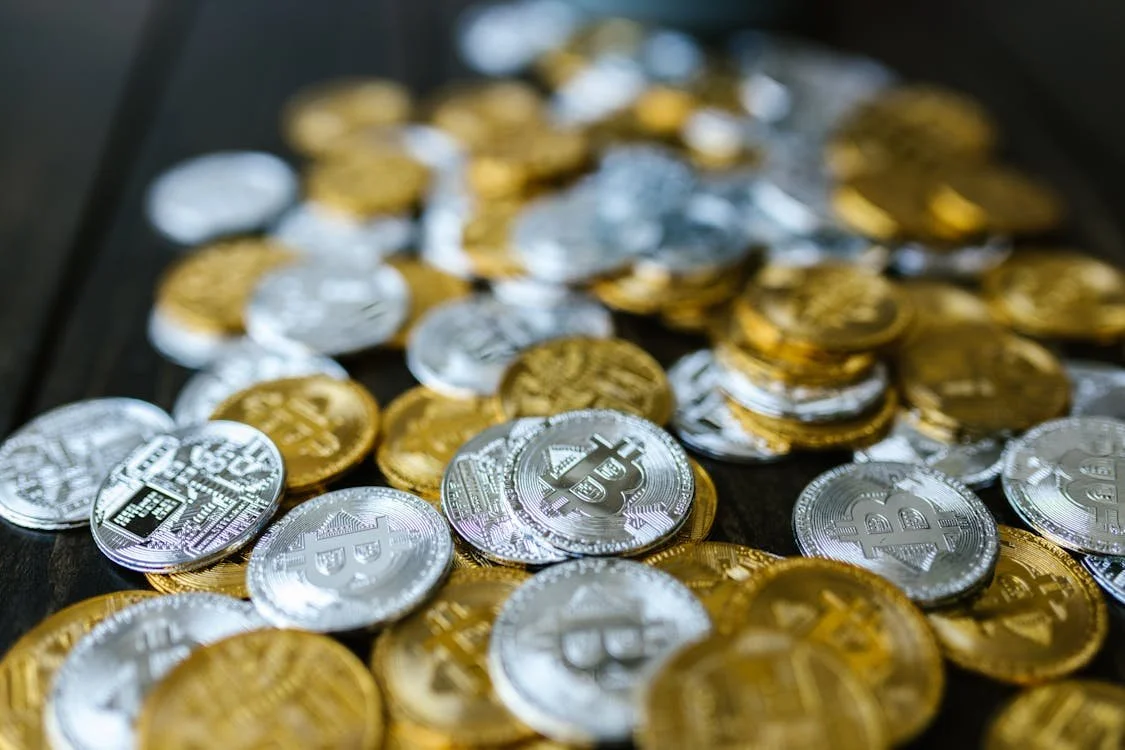Do You Really Need Snapchat+?
There’s a common misconception that economics is just an extension of math, all about crunching numbers. In reality, it’s about how people and businesses respond to those numbers when they change. One of the clearest examples of this is Price Elasticity of Demand (PED) — a measure of how sensitive consumers are to changes in the price of a good or service.
Do We Really Only Care About Ourselves?
In August of 2022, over 37,000 people lined up to donate blood in New Zealand, making it the world record of blood donations in a given day. These volunteers weren't getting paid. They weren't promised rewards. So why did they do it? Traditional economics would say it doesn’t make sense–after all, the assumption has always been that humans act out of self-interest, trying to get the most satisfaction or money for themselves. Yet here we are…
Why Do Economies Look So Different?
Think of the world like one giant group project. Every country is a “team” deciding how to make, share, and trade the things people need–food, clothes, phones, Wi-Fi, you name it. That’s what we call an economy: all the activity involved in producing (making), consuming (using), and trading goods and services.
Here’s the twist: no two economies are the same.
The Tug-of-War That Runs the World: Supply and Demand
Have you ever been in dire need of the newest Nike sneakers… only to realise they’re sold out in every Foot Locker and online store? These moments of disparity actually drive businesses and profits, giving us a glimpse into the world of supply and demand, the foundation of economics!
Why More Isn’t Always Better
Have you ever eaten a doughnut, and then another, and then one more, until suddenly you instantly feel regretful, thinking, “Why did I eat that last doughnut?”. Well, that, right there, is a clear-cut case of the law of diminishing marginal utility.





